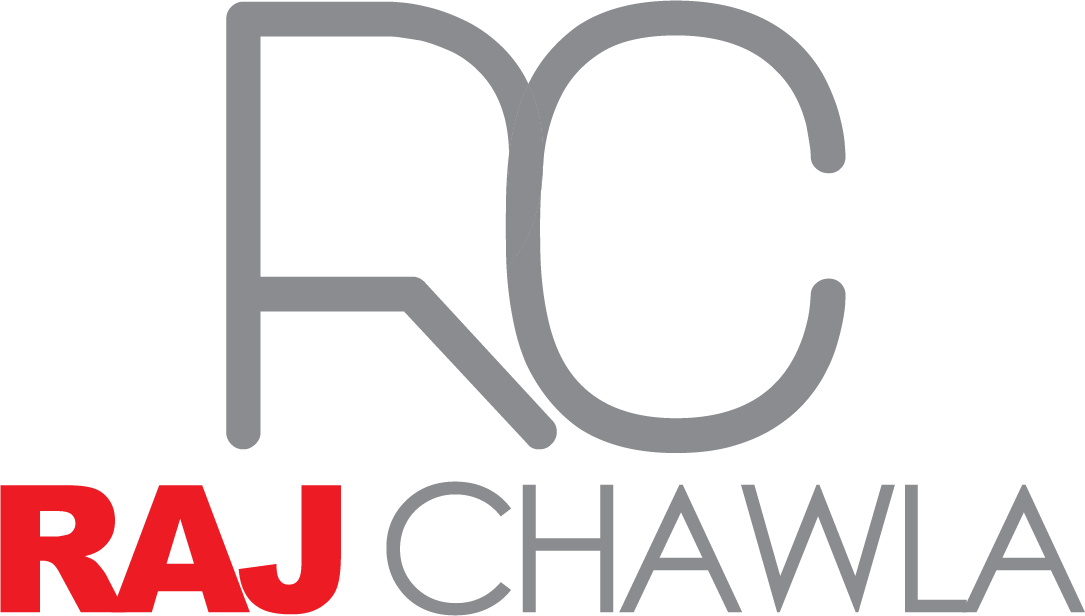Government emphasises spending to bolster economic recovery underway. IN BRIEF $106.6 billion deficit with net debt to peak at $980.6...
Read MoreA superannuation recontribution strategy involves withdrawing some or all of your super balance and recontributing back into super as a non-concessional contribution.
It is a reasonably common strategy recommended by financial advisers to their clients under certain circumstances.
To understand a recontribution strategy, it is important to first understand superannuation tax components.
Your superannuation balance is made up of taxable components and/or tax free components.
The reason tax components (or tax elements) are important is because they determine the validity of a recontribution strategy.
Ultimately, you want your super balance to have a high level of tax-free components and a lower level of taxable components.
If your super balance consists of a high level of taxable components, a recontribution strategy can be used to replace them with tax-free components.
When a contribution is made to your superannuation accumulation account and a tax deduction is not claimed (after tax contribution) it forms part of the “tax free”component. Such contributions are referred to as non-concessional contributions.
To work out the ‘Taxable Component’ of your superannuation balance, you simply add up all of the Non-Concessional Contributions that have been made to your account and deduct it from the total balance of your account.
Whatever is left is considered the Taxable Component.
Ideally, you want your account to have a higher Tax Free Component than a Taxable Component for the following reasons:
Let’s go with the same balance stated above. A $300,000 super account made up of $250,000 Taxable and $50,000 Tax Free. Our intention is to convert the Taxable component into a Tax Free component.
For the purposes of this, we will assume that you are over age 60, but under 65, and have met a full condition of release of your total benefits. Therefore, you should have the ability to withdraw your total balance tax free as a lump sum (check to make sure you don’t have any Taxable-Untaxed component – this may result in tax).
We will also assume that you have not triggered the bring forward rule for Non Concessional Contributions in the previous two financial years.
All withdrawals must be made proportionately. This means that we should not simply withdrawal the $250,000 Taxable Component and recontribute it, as this would contain part of the Tax Free Component and would leave part of the Taxable Component inside super and we would not be maximising the strategy.
We must withdrawal the total $300,000 and recontribute it back in as a Non Concessional Contribution.
Government emphasises spending to bolster economic recovery underway. IN BRIEF $106.6 billion deficit with net debt to peak at $980.6...
Read MoreRegardless of how far off retirement is for you, it could be beneficial to regularly check that your finances are...
Read MoreThe amount of superannuation you should have is a culmination of the contributions made into your super account, fees deducted...
Read More